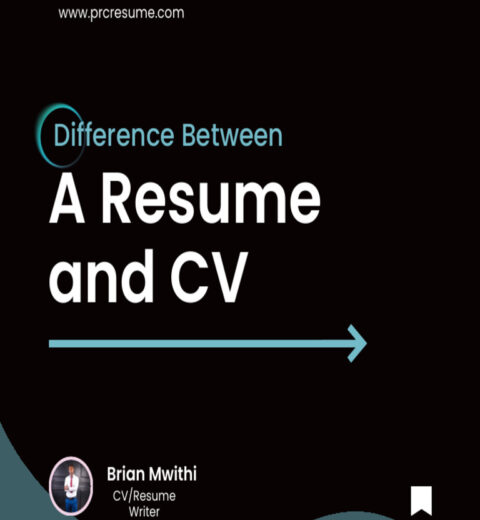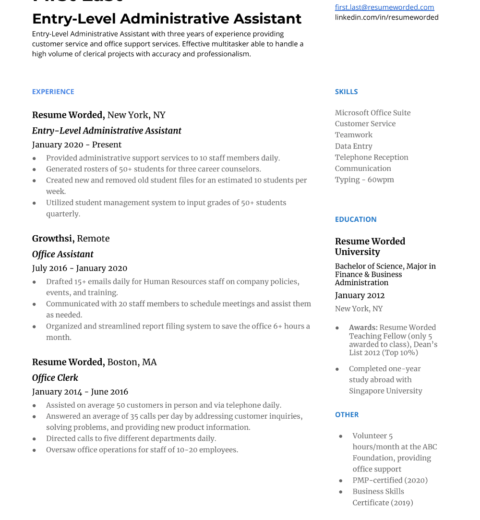In the competitive landscape of job searching, candidates often ponder numerous intricate details about their resumes. One of the recurring dilemmas is whether or not to include references. This seemingly straightforward question is layered with implications that extend beyond mere formatting choices. Understanding the rationale behind including references, or choosing to omit them, can significantly affect the perception of one’s application.
To begin with, it is essential to recognize the traditional role of references in the hiring process. Historically, references serve as a testament to a candidate’s skills, professionalism, and character. When employers reach out to a job candidate’s references, they seek confirmation of the information presented in the resume and an understanding of the candidate’s past behaviors and achievements. References can provide insights that cover both technical aptitude and soft skills, which are often challenging to convey through a resume alone.
However, in today’s fast-paced and often digital hiring landscape, the necessity of including references on resumes has become more scrutinized. Many employers prefer to request references later in the hiring process, allowing them to first evaluate candidates based on their qualifications, experiences, and fit for the role. Given this shift, candidates are now faced with the decision of listing references upfront or reserving that information for subsequent stages.
When contemplating whether to include references, candidates should also consider space constraints on their resumes. Resumes typically adhere to a one-page guideline, especially for those with fewer than ten years of experience. Including references can consume valuable real estate, potentially sacrificing other critical information that may paint a more comprehensive picture of one’s qualifications. Instead, candidates are advised to keep their resumes succinct and focused on skills and accomplishments that directly relate to the position they are applying for.
Moreover, the adage “quality over quantity” rings true when it comes to references. If a candidate chooses to list references, they must ensure that the individuals selected can provide meaningful insights into their professional capabilities. It is not uncommon for references to become outdated, particularly in a dynamic career trajectory that may involve frequent job changes. Therefore, curating a relevant and up-to-date selection of references is imperative. This may involve reaching out to former colleagues, supervisors, or mentors who can speak credibly about various aspects of the candidate’s professional capacity.
Prospective candidates should also consider the dynamics of the roles they are applying for. In some industries, like academia or specialized technical fields, providing references upfront can be expected or even mandated. Conversely, in more dynamic sectors such as marketing or technology, the emphasis may lean towards the immediate demonstration of skills over the validation of past performance. Understanding the expectations within a given industry can help candidates make informed decisions about whether to include references.
Furthermore, it is prudent for candidates to contemplate the medium through which their resumes will be submitted. In digital applications or automated tracking systems that parse resumes for keywords, including references may inadvertently detract from the primary focus on essential qualifications. This transitional phase towards digital assessments necessitates a tailored approach to content placement, promoting a focus on merit over ancillary details.
Another significant factor to consider is the etiquette of requesting permission from potential references. Before listing individuals on a resume, candidates should establish consent. This practice not only preserves professionalism but also ensures that the references are prepared to provide a nuanced endorsement. Engaging references in this manner offers them an opportunity to recollect positive experiences with the candidate, thus enhancing the depth of their future recommendations.
Moreover, candidates should remain cognizant of the variety of ways to present references when they are requested. An alternative format, such as a “References Available Upon Request” statement, may be a more prudent approach. This option communicates to potential employers that the candidate has an established network of contacts, while keeping the initial application concise. Additionally, it leaves room for personalization as candidates can tailor the list of references to align with the specific requirements of each job opportunity.
It is equally essential to consider the psychological component of references. Including references can sometimes seem like an implicit admission of insecurity or lack of confidence in one’s accomplishments. Conversely, candidates who assertively articulate their qualifications without reliance on external validation may project a sense of self-assuredness. This perception can be compelling to hiring managers, as they often seek not just qualifications, but an assurance that candidates will thrive in their organizational culture.
In conclusion, the decision to include references on a resume is not simply about whether to list names and contact information. It encompasses the broader context of industry standards, personal branding, and the effective allocation of limited resume space. By thoughtfully weighing these considerations, candidates can navigate this critical aspect of job application strategy, making informed choices that reflect their readiness to enter, or reenter, the workforce with confidence and clarity.




